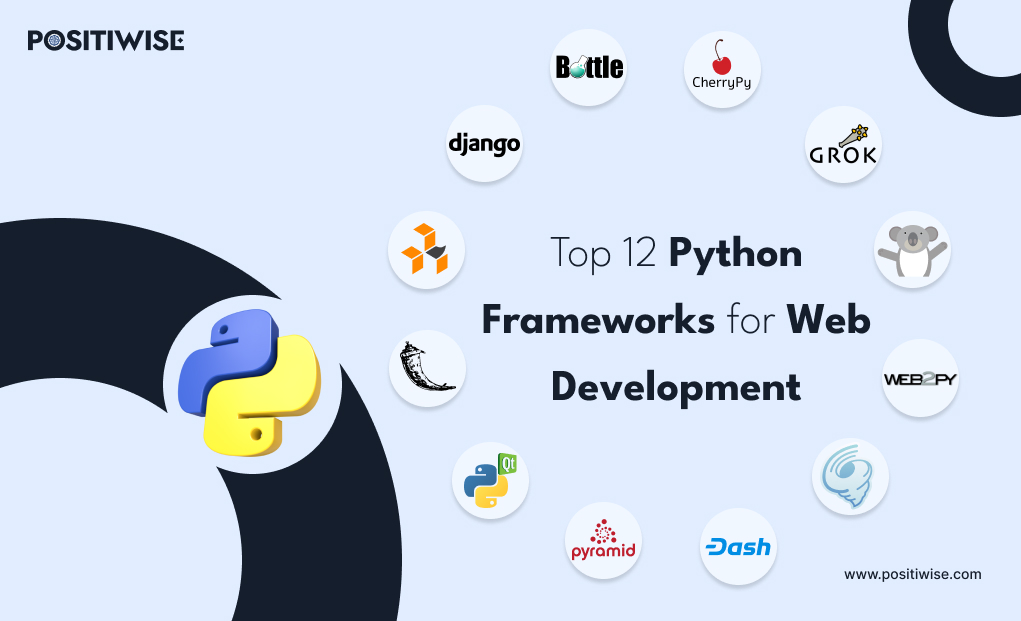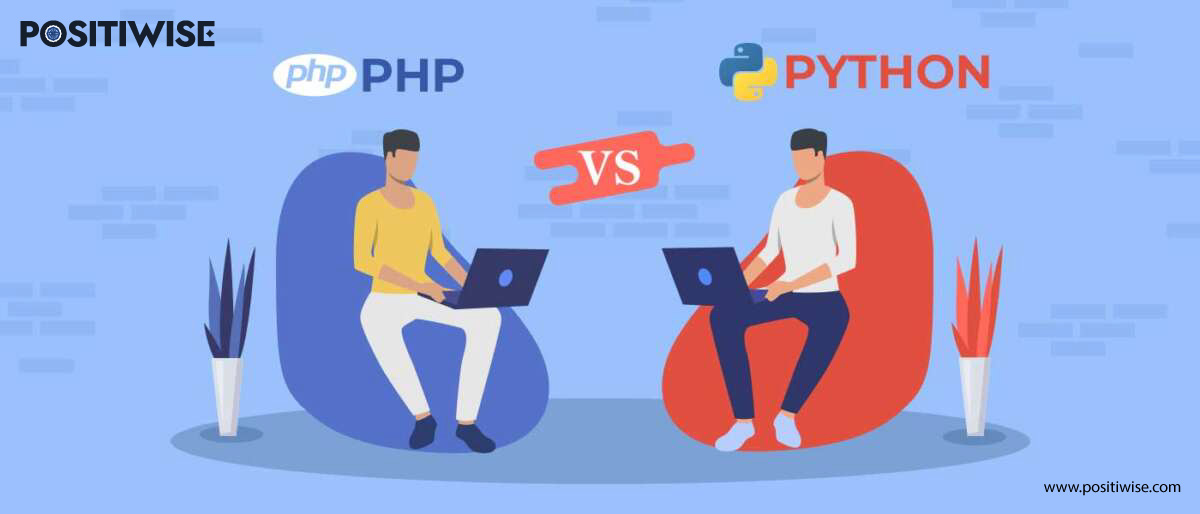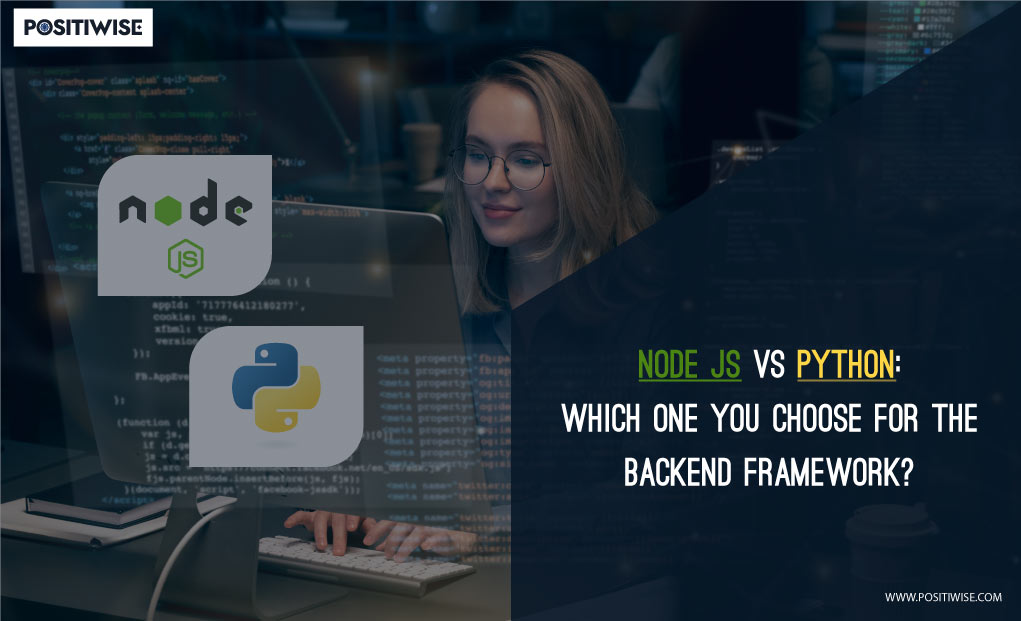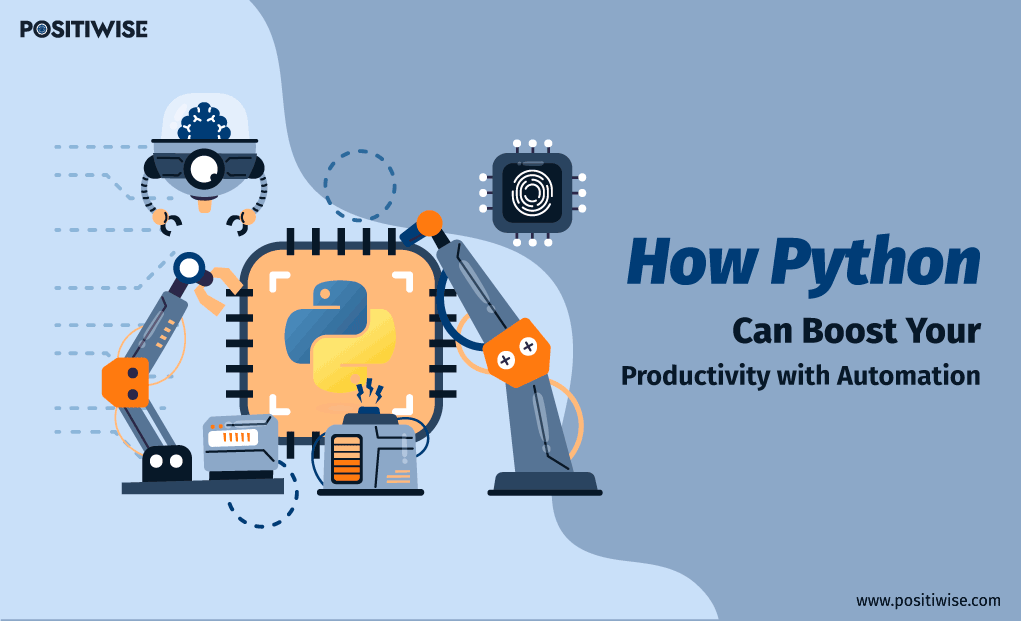Quick Overview:
An insight into the top 12 best Python web frameworks is provided. The blog helps you discover the primary features and benefits of top frameworks, including Django, Dash, Pyramid, CherryPy, TurboGears, Bottle, and more. As a result, you will make a better decision in choosing a reliable technology for your project.
Introduction
Web development with Python is considered a top choice for curating enterprise-grade applications. But, standard Python is not enough to incorporate every required feature. A Python web development framework becomes handy for integrating additional functionalities to fulfill potential business and technical needs.
Here, we have listed the top 12 best Python web frameworks to help you curate an avant-garde application.
Why Consider Python Web Development?
Python is a new technology that offers the benefits of programming and a scripting language. It can be used to build any type and size of application. In addition, it can automate operations and support ML and AI functionalities within the software.
Moreover, it’s also compatible with all web browsers, operating systems, and digital platforms. Due to all these leverages, web development with Python is highly considered.
Top Python Web Development Framework in 2024
Web development with Python is quite a task. But, if you choose the right framework, the procedure gets streamlined and provides a new-age application in return. Here are the best 12 Python web development frameworks, among which you can choose the most reliable one per your needs.
Django
Django is one of the most popular and highly used Python frameworks for web development. It’s primarily used for creating websites and web applications, as it’s based on the Model-View-Template or the MVT pattern. In addition, it works at the backend of an application and allows effortless customization due to its open-source license.
The features and benefits of Django
- The MVT patterns help the developers to perform rapid development and complete applications within minimal time.
- It’s cross-platform compatible, meaning it can be run on macOS, Windows, and all significant Linux flavors.
- It provides a built-in encryption mechanism to maintain data integrity and confidentiality.
- The Django architecture is developed in accordance to prevent SQL injection, clickjacking, and cross-site scripting attacks.
- The built-in sitemap functionality helps to leverage SEO benefits and optimize it for better reach.
- At once, Django can handle 440+ million users and API requests while retaining performance and stability.
Pyramid
Pyramid web framework is a top choice for large projects with frequently changing requirements. You can use this framework with any Python version and avail support from its extended documentation for every operation. In addition, it has built-in modules for all your main needs, including security, database, and templating. For faster development, scaffolding is also available.
The features and benefits of Pyramid
- You can add third-party add-ons and override the code source code by using forking.
- It offers a built-in configuration system, which keeps the code and the wiring differentiated.
- Complete documentation is available for it, enabling you to use it for all your primary project needs.
- It ensures API stability and processes all requests with utmost quality and accuracy, regardless of the user traffic.
- It enables the use of add-ons for Mako, Jinja2, and Chameleon.
- SQLAlchemy is supported by this framework, leveraging the ability to choose and use the database of your choice.
Flask
Flask is one of the Python web frameworks that doesn’t have an Object Relational Manager or ORM functionality. It’s based on the principles of Jinja2 and the WSGI toolkit, which helps to maintain seamless communication interfaces between web servers and applications.
In addition, it’s also called the microframework because it keeps the application style simple and its architecture scalable. Also, its learning curve is quite easy to cover. Even a beginner Python developer can understand it easily.
The features and benefits of Flask
- It provides a built-in debugger and a development server, aiding in rapidly completing development.
- It helps to develop a lightweight web application, consuming fewer resources and keeping up the performance.
- Secure cookies are supported, preventing attackers from breaching data.
- It comes with an integrated unit testing feature for faster and more accurate debugging.
- It offers route definitions, minimalistic design, and high-end flexibility, helping build advanced features for small apps.
Dash
Dash comes in handy when you don’t want to use HTML, CSS, and JavaScript. You only need Python expertise with Dash to build interactive and responsive interfaces. It’s based on React.js, Plotly.js, and Flask, due to which its functions support creating alluring web applications.
All the dash applications use two primary components: Layout and Callbacks. The layout helps you define the look and callbacks support with interactivity.
The features and benefits of Dash
- It’s an open-source technology that you can customize per needs.
- It helps to reduce the project cost, as only a Python developer can create an application using it. There is no need for HTML, CSS, or JS.
- Interfaces with multiple inputs and outputs can be implemented with it.
- It uses independent sessions for the user, meaning that multiple users can utilize the application simultaneously.
- It makes data analytics an impeccable task, as cross-filtering can be implemented.
- The large, active community can help you with templates and troubleshooting tasks.
Tornado
Tornado offers dual functionality, firstly of a web framework and secondly of a library for asynchronous networking. It’s used for handling thousands and hundreds of open connections by using its non-blocking network input and output. If your application needs to maintain long connections and they are required to use WebSockets, then the Tornado framework is a reliable choice.
The complete Tornado Python web development is divided into three components: Web Framework, Client-Server architecture, and asynchronous library. The framework is for development, the client-server is for HTTP implementation, and the networking library is for protocol configuration.
The features and benefits of Tornado
- It offers parallelism, meaning that it can process multiple tasks simultaneously.
- It can support WebSockets with its default structure, enabling the provision of real-time communication functionality.
- High traffic can be easily managed while retaining performance, security, and scalability.
- It ensures that the server can handle hundreds of user requests at the same time and with utmost accuracy.
Falcon
Top Python development companies immensely use the Falcon Python web framework for building robust application backends. Its blazing speed and compatibility with ASGI and WSGI make it a top choice for enterprise-grade software. In addition, it’s highly preferred for mission-critical applications with extensive use of RESTful and other APIs.
You can also utilize it with CPython version 3.5 or above and PyPy for additional performance.
The features and benefits of Falcon
- The entire flacon code is tested, patched, and updated constantly to prevent cyber risks.
- It offers RESTful routing with API modeling.
- It strictly adheres to RFCs, helping you easily align with the required standards.
- Exception handling is quite straightforward, leading to offer a seamless user experience.
- Falcon architecture is lightweight, as it only uses two dependencies.
- It allows the use of any library, database, and third-party tools needed for the project.
Bottle
If you are seeking efficiency for your Python project that interacts with hardware, then the Bottle web framework is for you. It’s a microframework with a lightweight architecture that helps to create flexible and high-performing apps. Mainly, it’s used for landing pages, as they need to be loaded within milliseconds.
Additionally, the Bottle only has one dependency, i.e., Python standard library. Due to this, it’s faster than other frameworks and processes routing operations more efficiently.
The features and benefits of Bottle
- Python developers with expertise in the Bottle framework are available at affordable prices.
- It enables interaction with hardware and builds the same functionality in applications of any grade.
- It’s easy to learn, meaning that a beginner can use it to create prototypes with minimal effort.
- It aids in the development, deployment, and distribution of single-file applications.
- It has in-built HTTP development server and supports WSGI HTTP server, bjoerm, CherryPy, and gae.
CherryPy
CherryPy is a great alternative for using the same object-oriented principles as Python programming language. You can use this framework to create a clean application structure consisting of minimal but robust code written in less time than other Python web frameworks.
Furthermore, it enables developers to create dynamic web applications with multi-threaded servers and independent Python entities features. For having a stable application in the extended run, the CherryPy framework is all you need.
The features and benefits of CherryPy
- It eliminates the requirement of an external server, helping to save cost, time, and effort.
- Its minimal design supports the developers to create applications in minimal time.
- The object-oriented principles leverage to build a streamlined and easy-to-read and debug code structure.
- It comes with in-built coverage, testing, profiling, caching, authentication, sessions, and encoding mechanisms.
- CherryPy provides a WSGI web server, which complies with HTTP/1.1 by default.
Web2Py
For developing database-driven applications, Web2Py is the most appropriate web framework. It’s written in Python programming language and also programmed using the same. With this framework, you don’t need any additional technology, as it’s full-stack on its own. You can create an entire application, including the frontend, backend, and other components, with only this framework.
The features and benefits of Web2Py
- It validates the input by default and prevents attackers from exploiting the application.
- It helps you dynamically write SQL for all significant databases, such as MSSQL, Oracle, IBM DB2, Informix, Ingres, MySQL, FireBird, and SQLite.
- Web2Py automatically creates an administration interface that helps you quickly access the table associated with databases.
- It supports rapid prototype development, and any level of developers can efficiently utilize it.
- A large community supports the Web2Py Python web framework, leading to solutions to complex problems and helping people gain a better insight into the technology.
TurboGears
TurboGears offers the dual functioning of a full-stack and the micro web development framework. In its full-stack mode, you can leverage its authorization, sessions, caching, schema migration, master-slave database queries, request-bound transactions, and many more functionalities.
In addition, It’s the only Python web framework that supports MongoDB with the benefit of CRUD auto-generation.
The features and benefits of TurboGears
- The availability of command line tools helps developers to communicate with the framework and rapidly complete development tasks efficiently.
- With its support for multi-database, you can utilize the database of your choice.
- Data can be exchanged in multiple formats, leading to enhanced speed and performance.
- Horizontal data partitioning is supported for faster query processing and higher resource availability.
- It offers a flexible ORM (Object Relational Mapper), helping to minimize code complexity and create a clean application structure.
- You can start with it as a microframework but later utilize it as full-stack technology per your requirements.
BlueBream
BlueBream is developed and owned by the Zope community. It offers three functionalities, namely, a library, a web framework, and an application server. This framework offers a built-in mechanism for automated testing, supporting the agile development approach. In addition, BlueBream is based on ZTK (Zope Tool Kit), aiding in maintaining application scalability and stability.
In addition, the code generated using BlueBream is considered production-ready. Thus, you can utilize this framework for curating software for medium and large organizations with dynamic requirements.
The features and benefits of BlueBream
- It provides an object publisher, supporting the publishing of Python objects.
- Developers are capable of quickly activating security mechanisms using pluggable security policies.
- The object-oriented behavior leads to the creation of a clean application architecture, easing the debugging and troubleshooting operations.
- It’s compatible with ZCML (Zope Component Markup Language).
- The ZCA (Zope Component Architecture) helps to create reusable components, supporting the reduction of development cost, time, and effort.
Grok
Grok is another Python web development framework that is based on the Zope toolkit. It utilizes a component-based architecture similar to BlueBream. But, it’s relatively simpler and easier to use as compared to other web frameworks.
Additionally, Grok provides numerous libraries that you can use without requiring any additional resources. Therefore, creating an enterprise-grade software project can be completed in an accelerating way.
The features and benefits of Grok
- The Zope toolkit base aids in rapidly creating complex and large applications.
- Built-in security features support the prevention of cyber-attacks and the maintenance of data integrity.
- Development uncertainty is minimized due to its component architecture.
- It’s an easy way to use the Zope toolkit features and functionalities.
Get Expert Python Development Services for Your Project
Seeking for top-notch Python development company? Our proficient Python developers are poised to transform your ideas into reality.
Concluding Up: Which is the Best Python Web Framework?
All the Python web development frameworks are unique in their functionality and offered features. To choose the best Python web framework for your project, you should consider analyzing numerous factors, such as its security, long-term viability, support, community, performance, learning, and fulfillment of project requirements.
After considering all the factors and cross-verifying them with your business needs, you will conclude with the most reliable web framework.
Expert in Software & Web App Engineering
Parag Mehta, the CEO and Founder of Positiwise Software Pvt Ltd has extensive knowledge of the development niche. He is implementing custom strategies to craft highly-appealing and robust applications for its clients and supporting employees to grow and ace the tasks. He is a consistent learner and always provides the best-in-quality solutions, accelerating productivity.






